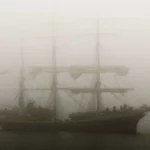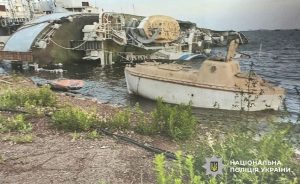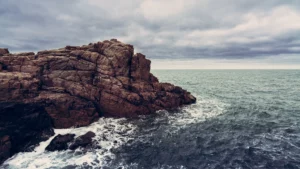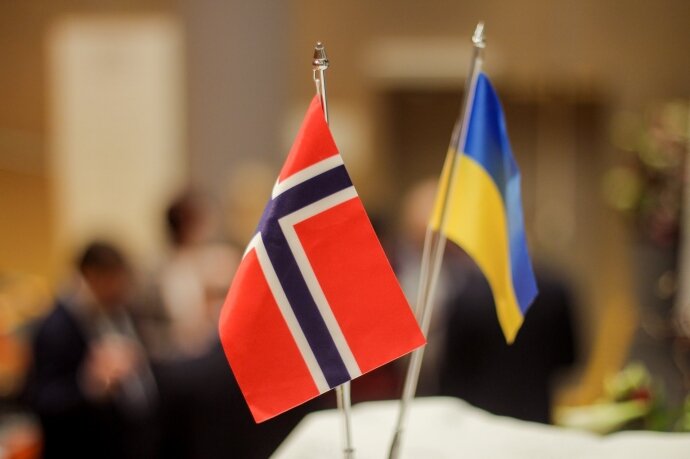The Ghost Ship Phenomenon: From Ancient Fears to Rational Explanations

Ships maneuvering in open waters without a crew, as if left to the elements, have long been part of maritime legends. Some of them remain unexplained, like the story of the Mary Celeste, abandoned with its full equipment, or the stories of the “Flying Dutchman”, who, according to myths, is doomed to wander the ocean forever.
However, the more specialists investigate these cases, the more rational explanations are found: weather phenomena, technical failures or optical illusions. On the eve of Halloween, USM decided to find out where the phenomenon of ghost ships came from and whether they can be found in the modern world.
Stories of ships drifting across the oceans without a crew have captured the human imagination for centuries, and mysterious incidents involving such ships have further cemented their popularity in culture. Consider the most famous of these, such as the Flying Dutchman, the Mary Celeste, and the SS Ourang Medan, each of which has its own spooky story.
«Flying Dutchman»
Imagine you are sailing in the middle of an endless ocean, when a ship darkened by time suddenly appears from the fog with torn sails, on which not a single living soul is visible. Waves bounce off its hull, but the ship continues on its way, as if obeying an unknown force. Such ominous encounters as with the legendary “Flying Dutchman” have terrified sailors since ancient times and gave rise to one of the greatest sea mysteries – ghost ships.
The first references to the “Dutchman” date back to the 17th century, when stories about a mysterious ship that never reached port began to appear in maritime folklore. One of the most popular versions says that the captain of the “Flying Dutchman” named Hendrik van der Decken decided to sail around the Cape of Good Hope, despite a strong storm and warnings of danger.
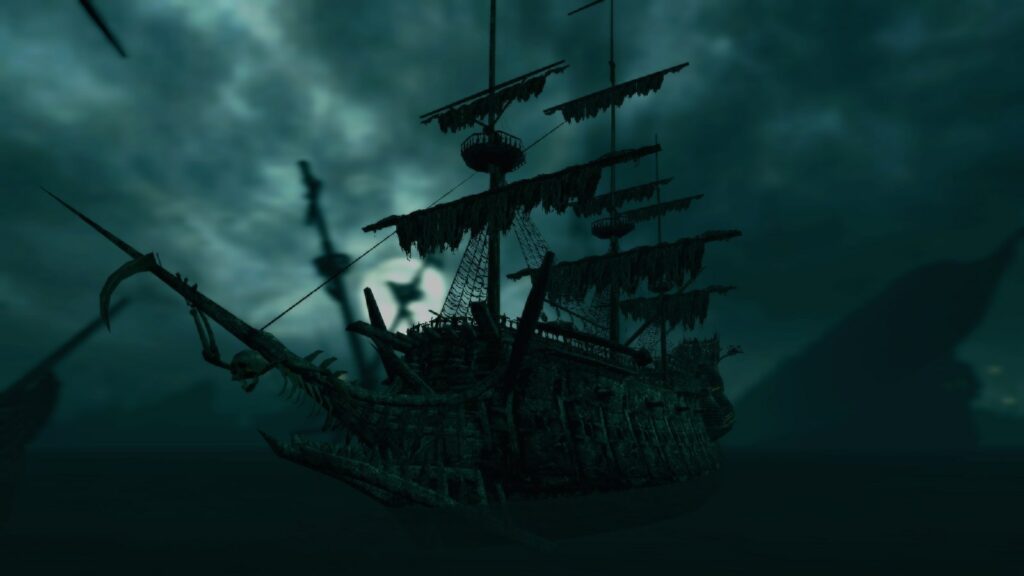
According to legend, he defied God by promising to circumnavigate the cape, even if it took forever. The ship fell short of its goal and is said to have become cursed, doomed to forever float off the cape with its dead crew, terrorizing all who see it. Such meetings were usually considered a harbinger of misfortune, and sailors even assured that they saw a light from his side through a thick fog.
In modern pop culture, the legend of the Flying Dutchman has become a symbol of curse and despair. Its reflection can be found in numerous works: from the opera of the same name by Richard Wagner to the series of films “Pirates of the Caribbean”, where the ghost ship has a significant role.
Scientific approaches to explaining the phenomenon of the “Flying Dutchman” are often related to atmospheric phenomena, such as mirages or refraction of light. At sea, such illusions can arise due to the temperature difference in the air layers, which causes distortion of the image of objects. This explains why a ghost ship sometimes “appears over water” or “floats in the air”.
This phenomenon is called Fata Morgana. In July 2024, it was also observed in Ukraine. Due to the temperature difference above the surface of the water, Odessans could see how the ship seemed to be levitating over the sea.
Scientists also suggest that meetings with the “Flying Dutchman” could be the result of fear and fatigue of sailors who spent a long time in the ocean in isolation.
Mary Celeste
One of the greatest maritime mysteries of the 19th century was the brig Mary Celeste. It was found without a crew in the open sea in December 1872. The crew of the ship Dei Gratia, passing nearby, saw a mysterious vessel near the Azores. The sailors went on board and found the brig left in good condition and with a large supply of provisions and water. Everything but the crew was in place, including the valuable cargo of alcohol, which ruled out the possibility of a pirate attack.
Only one dinghy was missing, and several feet of water in the hold could indicate minor damage to the hull. This discovery has given rise to a number of theories and speculations. Despite the fact that the case still remains unsolved, there are many versions of the disappearance of the Mary Celeste crew.
One of the popular versions explains the disappearance of the crew due to the threat of an explosion due to alcohol vapors in the hold. The Mary Celeste was carrying about 1,700 barrels of crude alcohol, and some researchers speculate that the vapors may have ignited. According to this theory, the captain may have ordered a temporary abandonment of the ship, but due to unfavorable conditions the crew was unable to return.
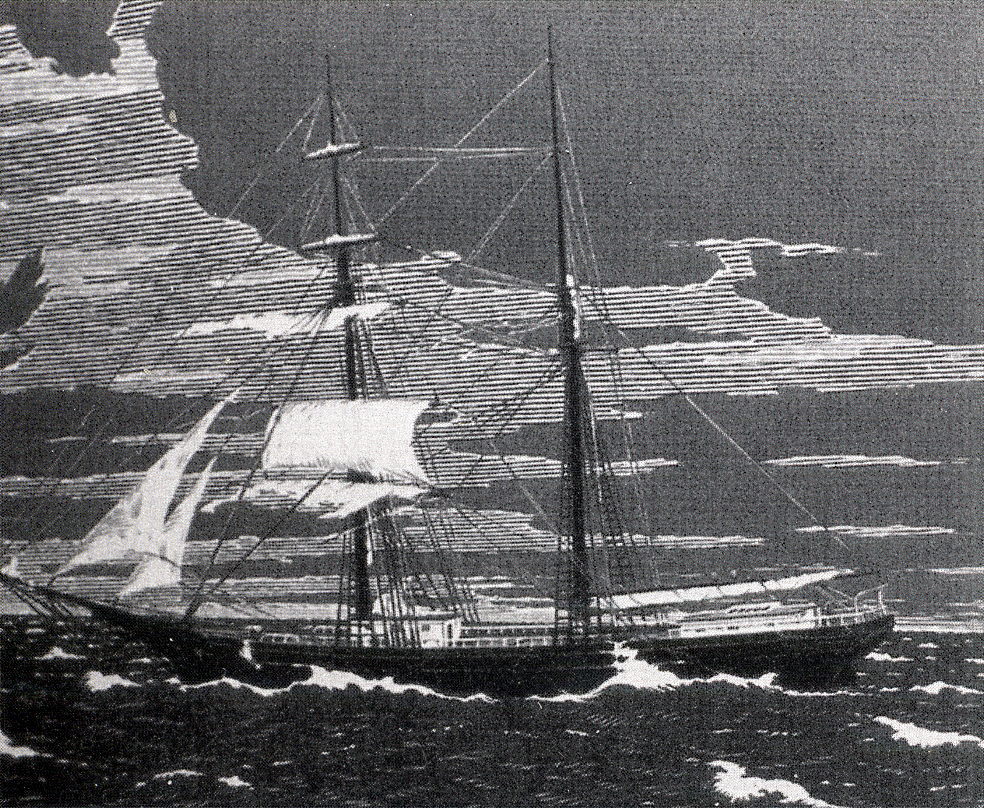
Another version suggests that the crew may have decided to abandon ship due to fear of sinking. Since there was some water in the hold, the captain could assume that the ship had begun to sink. Such a decision could also be related to the failure of the pumps used to remove the water.
Psychological influence should not be excluded either. Sailors who have been at sea for long periods of time may feel exhausted and hallucinate—especially due to long voyages and exposure to extreme conditions. Scientists who have investigated this hypothesis indicate that the disappearance could have been caused by mass panic, which forced the crew to abandon the ship.
The story of the Mary Celeste left a deep mark on culture. It became the basis for numerous works in literature and cinema. For example, the writer Arthur Conan Doyle in 1884 wrote the story “J. Habakuk Jephson’s Statement” (J. Habakuk Jephson’s Statement), in which he added mystical details to the disappearance of the crew, which attracted a lot of attention to this case. This story cemented the image of the Mary Celeste as a ghost ship, around which numerous myths arose.
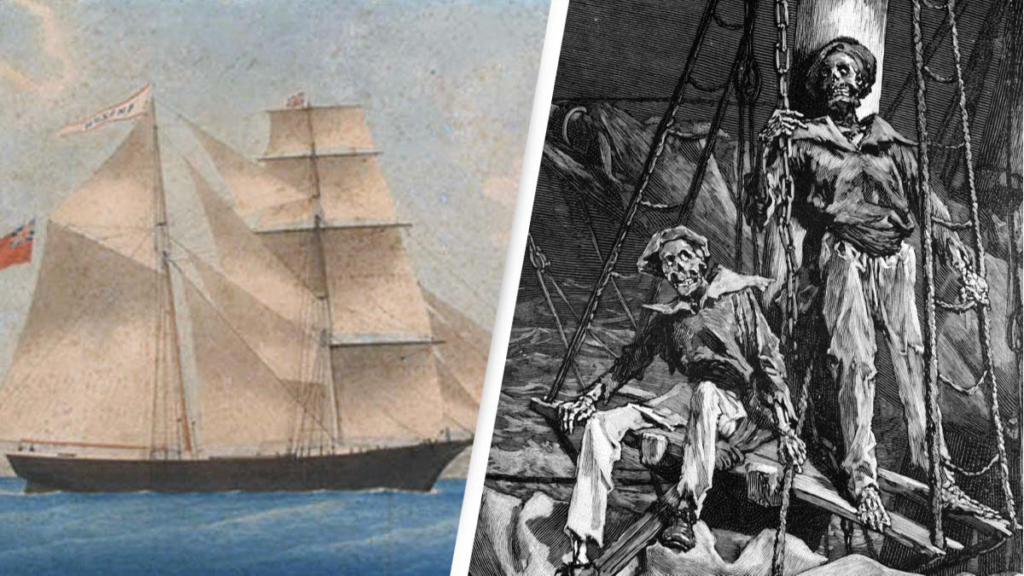
Researchers are still trying to uncover the reasons for the disappearance of the crew. In addition to the mentioned versions, the latest studies indicate the possibility of natural phenomena, such as sudden storms or the appearance of dangerous ocean currents. Most scientists agree that there is a rational explanation for the Mary Celeste incident. However, the exact course of events remains unknown, which only strengthens the mystery of this legendary case.
SS Ourang Medan
SS Ourang Medan is one of the most mysterious ghost ships of the 20th century. His story began in June 1947, when the crew of the British ship Silver Star, passing through the Straits of Malacca, received a strange distress signal: “All officers, including the captain, are dead, lying in the navigation room and on the bridge. Maybe the whole team is dead.” The message ended with the phrase “I’m dying” and then the connection was disconnected.
As the Silver Star approached Ourang Medan, the crew climbed aboard to find the entire crew dead, their faces frozen in horror. The bodies had no visible signs of violence. Sometime later, the crew of the Silver Star smelled smoke and were forced to abandon the eerie vessel, which soon exploded and sank, making further investigation impossible.
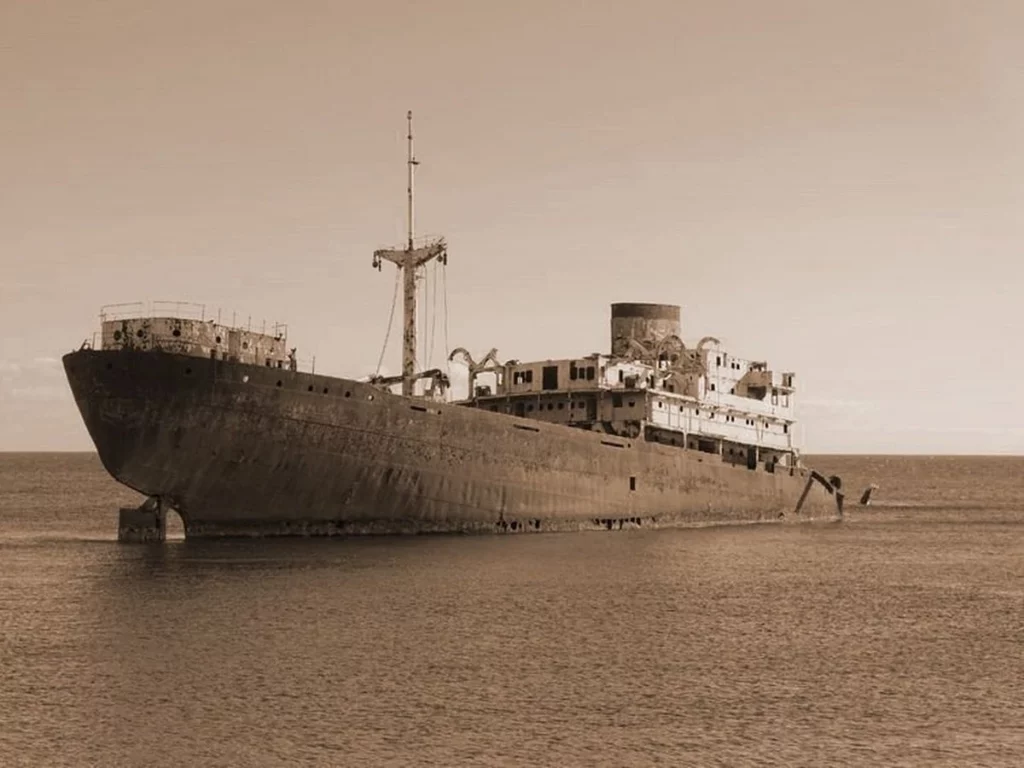
One of the possible explanations for this incident is poisoning of the crew by toxic fumes from chemicals. It is believed that the ship was illegally carrying dangerous cargo, such as nitroglycerin or sulfuric acid, which could have caused both the poisoning and the explosion.
Some conspiracy theories suggest that the Ourang Medan may have been transporting biological weapons left behind by Japan after World War II, which would explain the dire condition of the crew.
Another version says that under the influence of the hot climate, fumes could have formed on board, which caused damage to the nervous system and cardiac arrest in the crew members. This theory is based on the described state of the bodies: the absence of visible injuries and the horror on the faces.

However, most historians and researchers believe that the story of the Ourang Medan is nothing more than a myth, since there is no documentary evidence of the registration of this vessel or its routes. A version of the legend may have originated as a sea fable, which grew into a larger story thanks to newspaper publications and numerous retellings.
This story increased interest in ghost ships already in the 20th century. It became the basis for various documentary (and pseudo-documentary) films and studies. Thus, the story of the SS Ourang Medan still remains an unsolved mystery, attracting the attention of researchers and paranormal enthusiasts alike.
Ghost ship stories remain part of global pop culture, combining fear of the unknown with fascination with the power and unruliness of the ocean. Time and the development of science have introduced rational explanations, offering possible answers to these phenomena: from dangerous chemicals to optical illusions and natural disasters. The Mary Celeste, the Flying Dutchman, and the SS Ourang Medan became more than just stories of crew disappearances. These are symbols of human fear of the unknown and a reminder that even in a world of modern technology, the ocean remains a source of unexplained mysteries. Perhaps this is what draws us to them again and again.
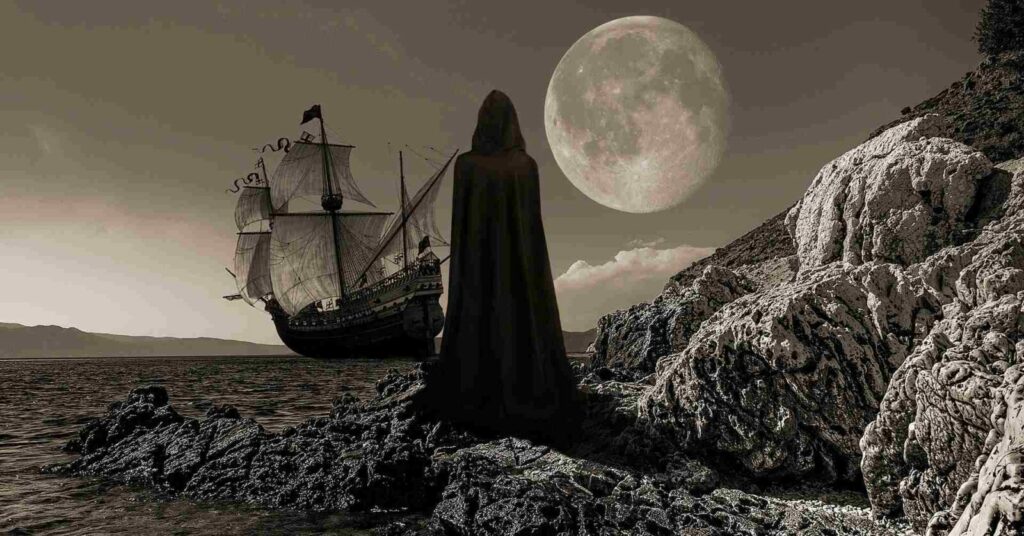
Daniil Popov
